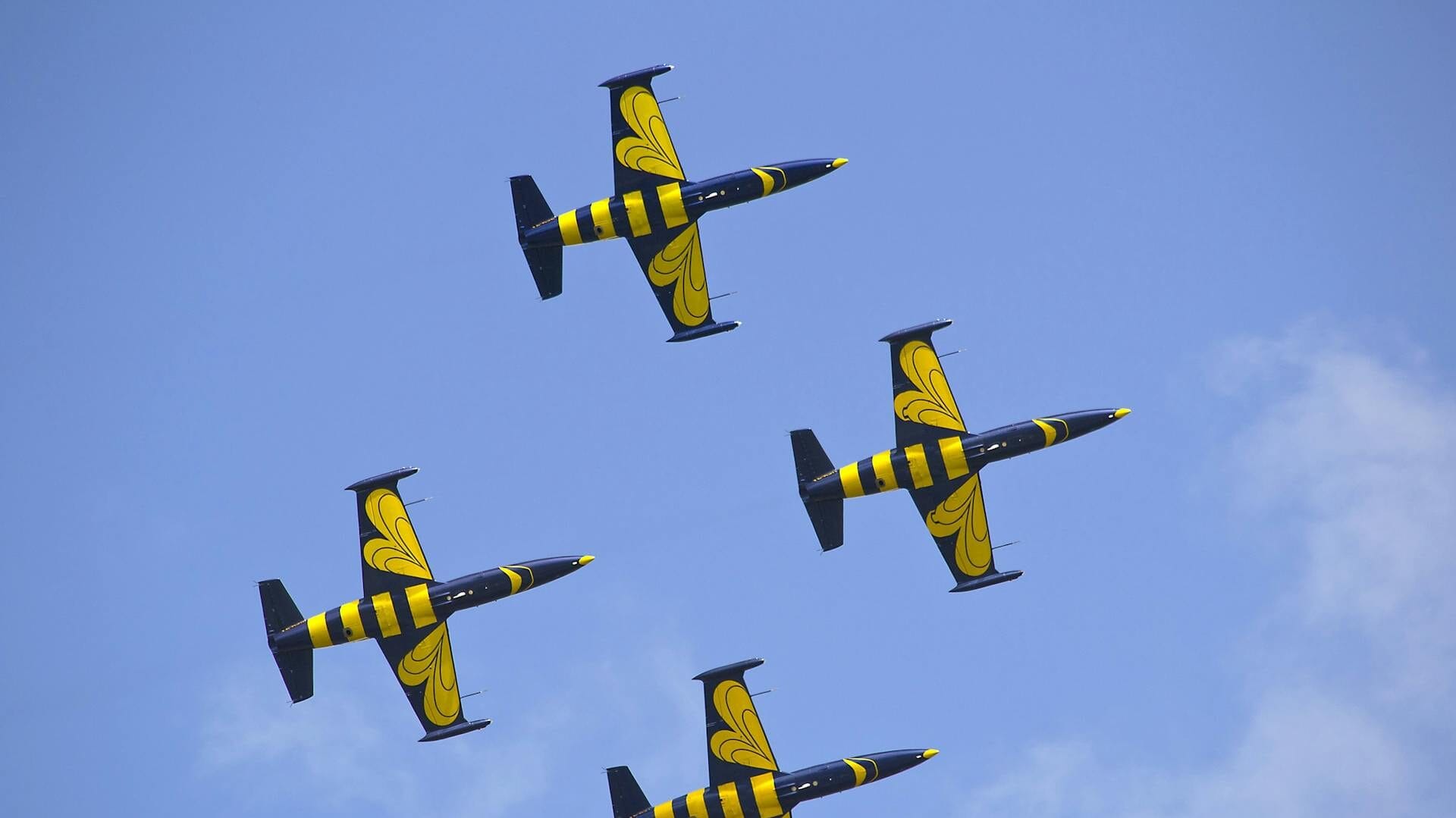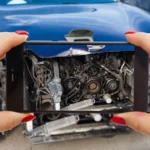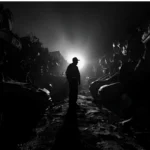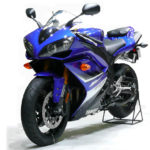
The Allure of Moving Metal
Engines stir something deep in the imagination. The steady hum of pistons or the thunder of a jet engine is more than noise. It feels like a heartbeat carved in steel. Machines that move with purpose make a strange kind of poetry. Their beauty lies in precision and force. Every gear and every bolt shows human skill and dreams shaped into motion.
Zlibrary works as a large digital library on many different topics and even there the fascination with machines has its place. Manuals and memoirs of engineers show how much passion goes into these creations. From the dawn of steam to modern turbines the story has been the same. Mechanical beauty is not about decoration. It is about the order and rhythm that only machines can hold.
Engines as Living Symbols
A motorcycle engine on a summer road feels almost alive. It growls and breathes and holds back nothing. People look at machines and see more than function. They see symbols of freedom power and mastery. The old steam trains that once crossed continents still draw crowds not because they are useful now but because they echo an age when iron tracks opened new horizons.
There is also nostalgia hidden in the smell of oil or the sound of an old tractor starting at dawn. Machines remind us of human progress but also of fragile dreams. Some engines broke records. Others stayed in small workshops never leaving the town where they were built. Both kinds carry the same weight of meaning. Stories passed through families or communities hold them close.
A few images help to understand how these feelings take shape:
The Heartbeat of Cars
The car engine is not just a block of metal. It is the heart of a story that spans generations. Grandparents who kept an old sedan running taught patience and respect for detail. Mechanics who rebuilt engines late at night knew they were reviving more than transport. They were restoring memory. The sound of a tuned engine has carried into songs movies and daily life. It is no wonder people polish old cars as if they were family treasures. The mechanical heartbeat makes them feel less like objects and more like companions that stood through storms and joys.
The Soul of Trains
Steam locomotives move with grace despite their size. They breathe clouds and pull weight across vast lands. For many they are the symbols of journeys once possible only in dreams. Painters writers and filmmakers have used trains to speak of departures and reunions. Whole towns grew around stations and the rhythm of wheels on tracks became a soundtrack of growth. People still gather to see restored engines because they carry the soul of an era. They tell of sweat soot and hope forged together. The romantic image of a train vanishing into the horizon is hard to forget.
The Myth of Flight
Airplane engines gave wings to ambition. Early pilots trusted fragile planes yet the sound of propellers meant new frontiers. Later jet engines turned skies into highways. Flying became part of modern life yet the myth never died. Books like “The Spirit of St Louis” captured both fear and wonder. Even now passengers may feel awe when hearing engines spool before takeoff. The machines that lift people above clouds are more than tools. They are metaphors of courage and discovery. They hold myths that no technology upgrade can erase.
Mechanical romance does not vanish with new models. It adapts and finds new forms even in silent electric motors or sleek designs.
Machines in Culture and Memory
Museums filled with engines look less like technical halls and more like temples. People wander through and see more than bolts and steel. They see fragments of culture. Some engines are tied to wars others to peaceful industry. Each has a role in memory. Even science fiction carries the mark of mechanical beauty. Spaceships imagined by artists still show pistons gears and turbines even if the future may not need them.
Z library often holds rare collections that remind people how literature and machines weave together. Writers use engines as metaphors for the human heart or the march of time. Poems mention hammers and wheels with the same care given to flowers. Machines enter culture not only as objects but as ideas that shape imagination.
The Enduring Fascination
Engines and machines keep sparking admiration because they bridge two worlds. They are practical and yet they stir emotions. A clockwork or a car engine is useful but it is also art in motion. Many inventions fade yet machines remain part of daily talk and shared dreams. The romantic glow is not about the parts themselves but about what they stand for. Order rhythm strength and the human need to give shape to ambition.
Mechanical beauty is a mirror. It reflects not only technology but also the longing that people carry. Engines move wheels wings and hearts alike. That is why the fascination endures.








